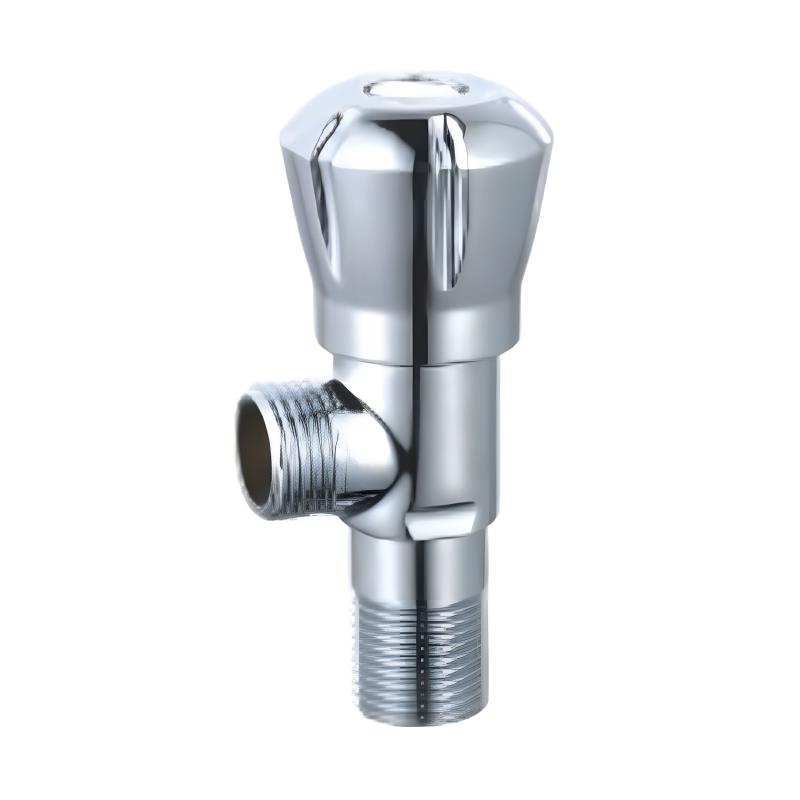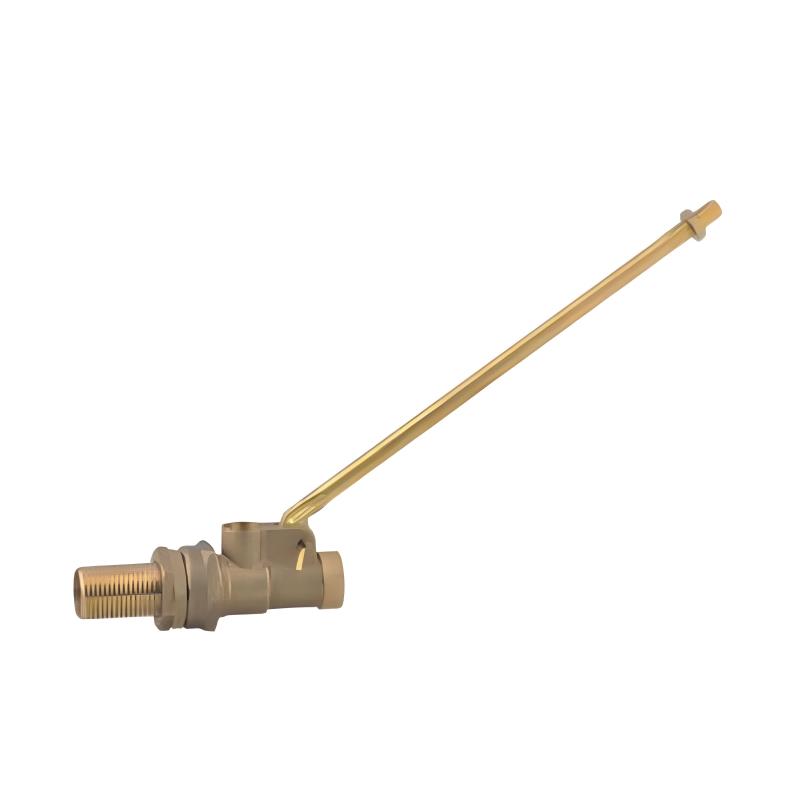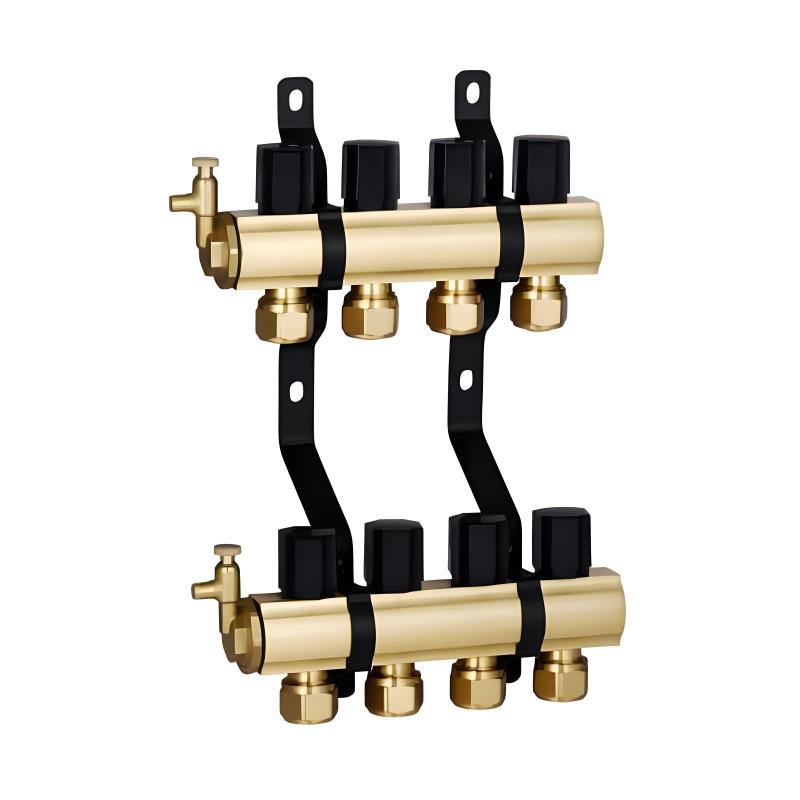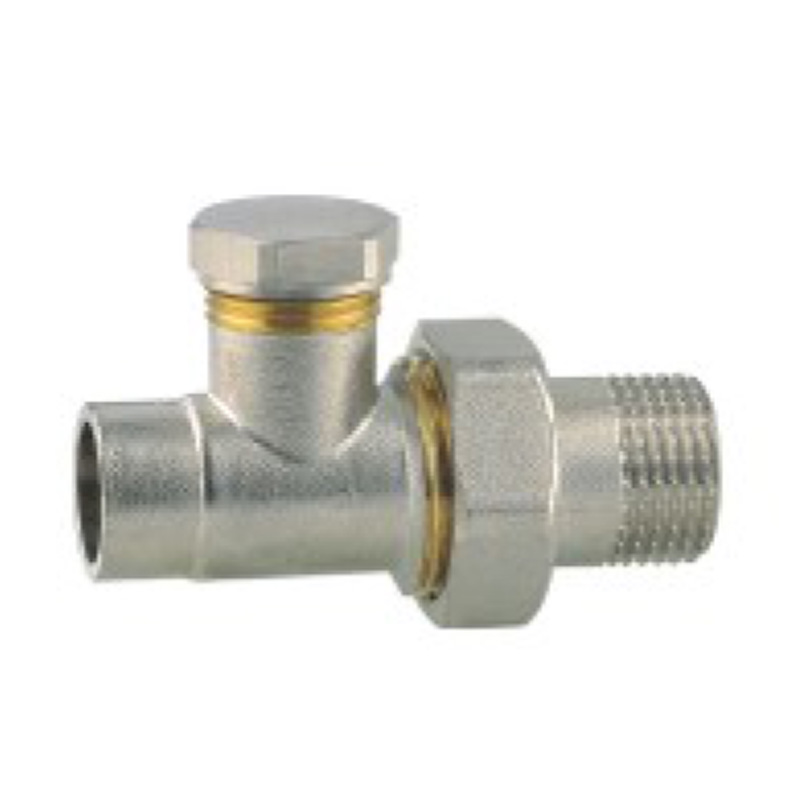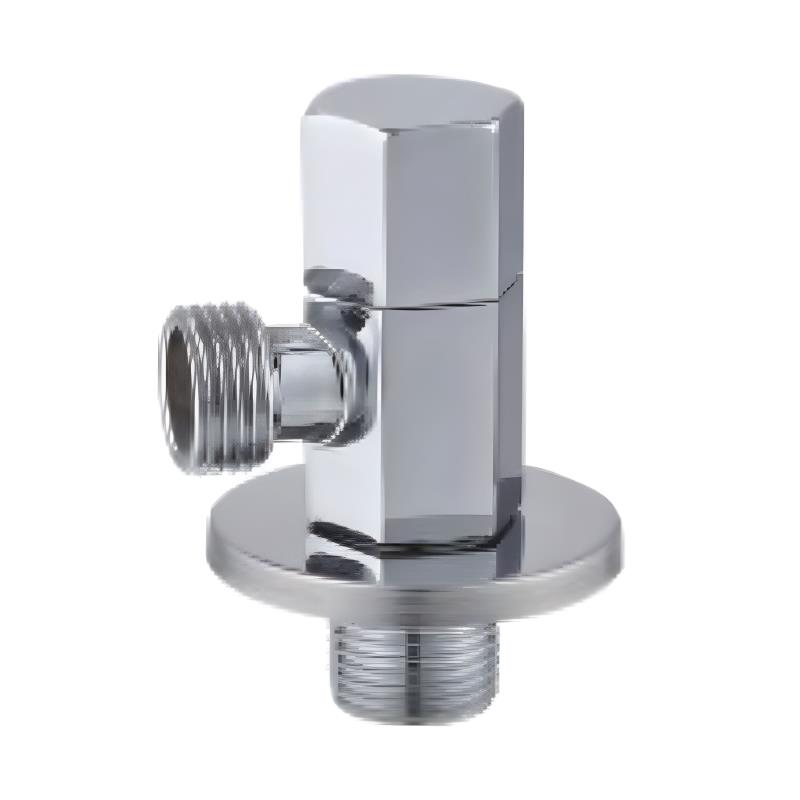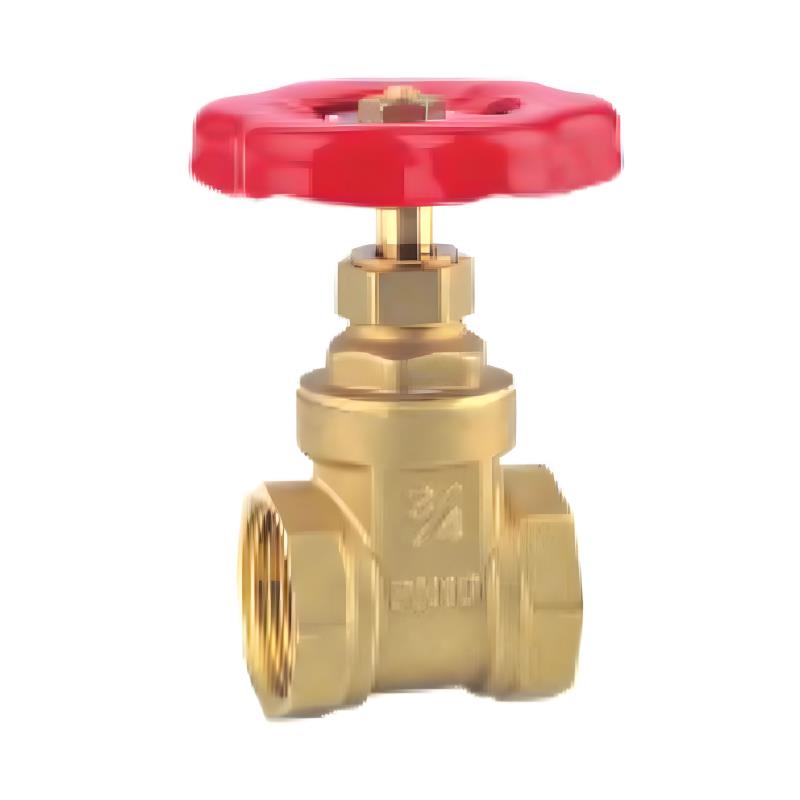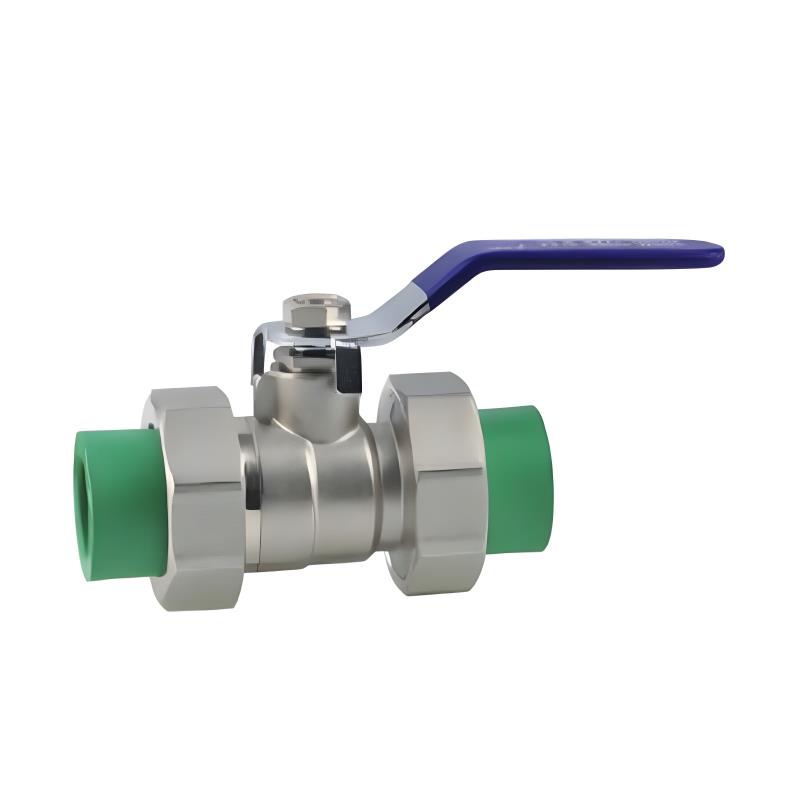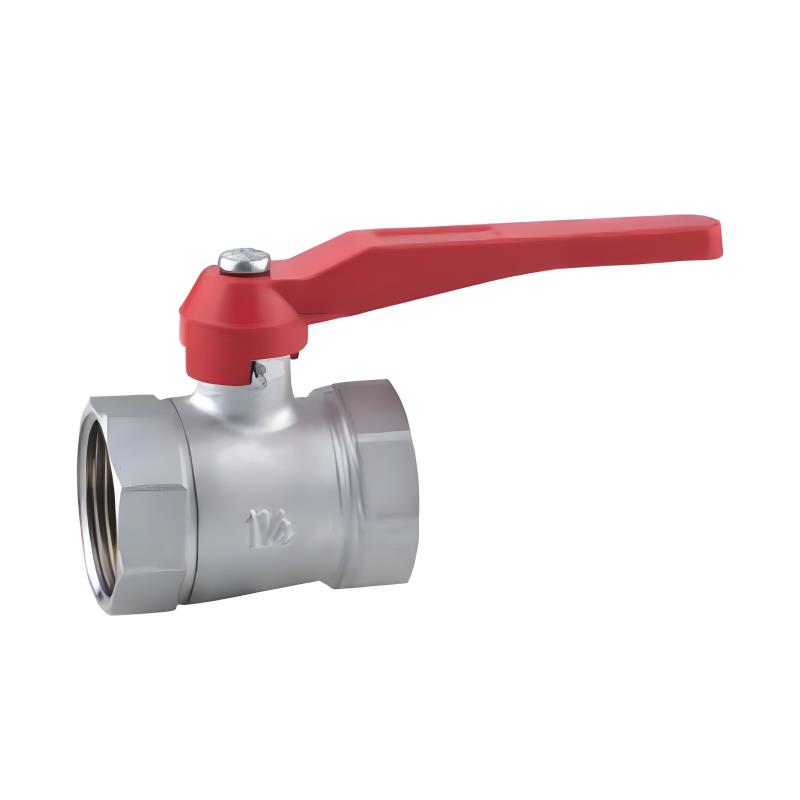Submit feedback
Bibcock Valve Applications in Modern Plumbing and Water Control Systems
Understanding the Bibcock Valve
A bibcock valve is a common fixture in residential, commercial, and industrial plumbing systems. Unlike traditional stop valves, the bibcock valve is designed to provide a simple on-off control for water flow. Its straightforward design makes it easy to operate, often with a single turn of the handle. Typically installed on external taps or service lines, the bibcock valve plays a crucial role in controlling water supply for everyday uses, such as garden irrigation, car washing, or filling containers.
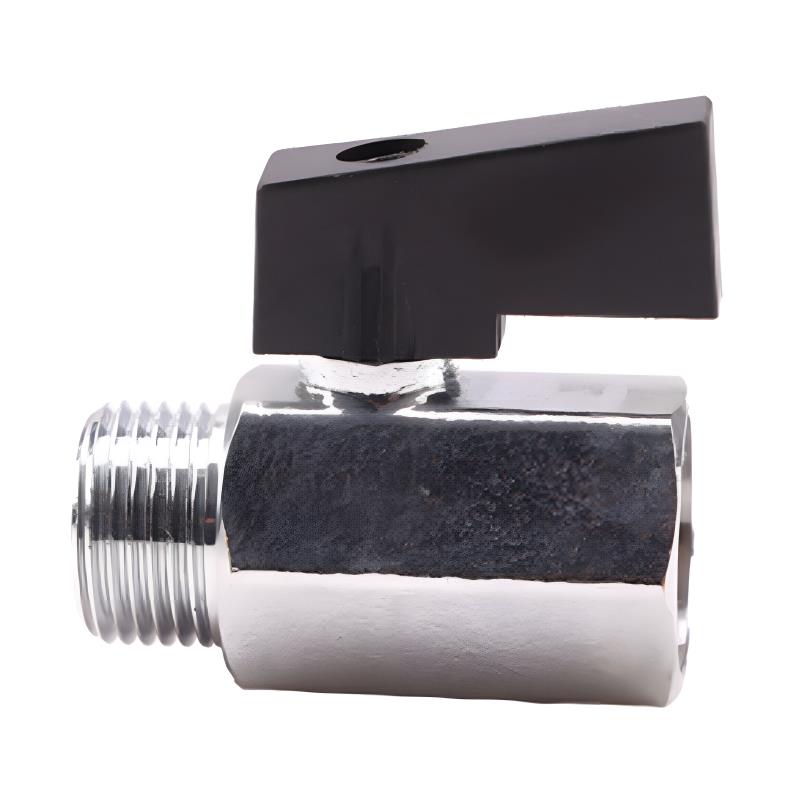
Versatility in Residential Settings
In residential plumbing, the bibcock valve is frequently used for outdoor faucets and utility areas. Its durable construction allows it to handle constant exposure to weather and varying water pressures. Homeowners often appreciate its ease of use and reliability, as it can quickly shut off water in case of maintenance or leakage. Paired with a quick joint, the bibcock valve becomes even more practical. The quick joint provides a fast and secure connection to hoses, irrigation systems, or water filters without requiring tools, making daily tasks more convenient.
Commercial and Industrial Uses
Beyond homes, bibcock valves find applications in commercial and industrial environments. In factories, workshops, or public facilities, these valves serve as control points for water lines feeding cleaning stations, cooling systems, or outdoor maintenance areas. When combined with quick joints, the system can accommodate temporary setups, such as supplying water to mobile equipment or temporary wash stations. The flexibility offered by quick joints allows businesses to reconfigure water lines without interrupting the main supply, reducing downtime and simplifying maintenance routines.
Material Considerations and Durability
Modern bibcock valves are made from a variety of materials, including brass, stainless steel, and high-grade plastics. The choice of material often depends on the water quality and environmental conditions. Brass bibcocks are widely used because they resist corrosion and can handle varying water pressures, while plastic options are lighter and suitable for low-pressure applications. Quick joints are typically made from compatible materials to ensure a secure seal and avoid leaks. This combination ensures a long service life and consistent performance, even in demanding settings.
Installation and Maintenance
Installing a bibcock valve is straightforward, but attention to detail ensures good performance. The valve must be securely threaded or soldered into the water line, and connections should be checked for leaks. Incorporating a quick joint can simplify both installation and later maintenance. When the system needs repair or cleaning, the quick joint allows sections to be disconnected easily without shutting down the entire water supply. Regular inspection of both the bibcock valve and its attachments helps prevent issues such as drips, corrosion, or wear.
Enhancing Water Management
One of the key advantages of using a bibcock valve is its contribution to efficient water management. By providing a controllable outlet, users can regulate water flow precisely, reducing waste and improving system performance. In combination with quick joints, it becomes possible to direct water to specific areas or devices as needed, making plumbing systems more adaptable. This flexibility is particularly valuable in environments where water needs change frequently or temporary setups are common.
The bibcock valve remains a practical and versatile component in modern plumbing and water control systems. Its simplicity, reliability, and compatibility with quick joints make it suitable for residential, commercial, and industrial applications. By offering convenient on-off control and facilitating easy connections, this combination supports efficient water management, flexibility, and ease of maintenance. Whether for everyday household use or more complex industrial setups, integrating bibcock valves with quick joints provides a solution that is both functional and dependable.
 +86-13989680588
+86-13989680588 graylin@hongjiavalve.com
graylin@hongjiavalve.com 
